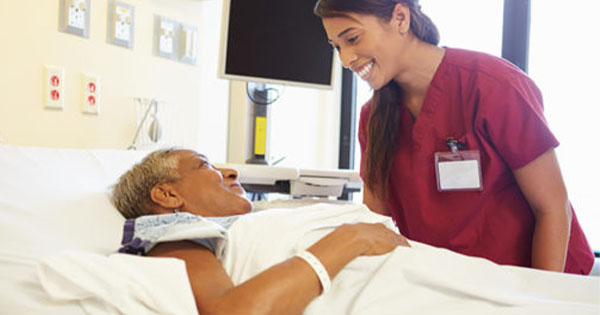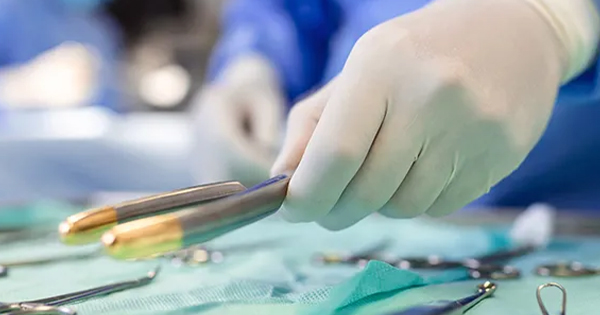Playing off the old saying “You say to-MAH-to and I say to-MAY-to”, I am a bit bewildered at what the words “repositioning” and “turn” mean — and what is actually done to move the bedridden patient. As student nurses, we were taught the hazards of immobility on all body systems. And when I first started working with surgical patients, we had a standard order to “TC&DB”, which meant the patient was to be turned in bed, coughed and deep breathed. Some of you will remember doing this every 2 hours: the patients were turned up to nearly 90 degrees in bed. The movement and pain usually made them deep breathe, and then we had them cough. Care practices changed, we started using incentive spirometry, compression stockings and now, sequential devices and anticoagulation. But somewhere along the way, we replaced turning with repositioning.
Repositioning was defined as the movement of patients from one position to another in an effort to alleviate or redistribute any pressure exerted on the body tissues (Gillespie et al, 2014). A scoping review by Chew and colleagues (2018) used the word “turning” in the title, but did not define turning and used the word “reposition” often in the article. So, is there a difference? I look at Webster’s dictionary definition: turning is to “cause or to move around an axis, to rotate or revolve”. And the definition of repositioning is to “return to or place in a normal or proper position”. I often use the analogy of driving a car: if I turn the car, I now am going north when I was headed east. If I reposition the car, I’m still moving in the same direction, perhaps in a different lane.
You may be wondering why the question. In the last couple of years, as root cause analyses are completed on patients who developed a hospital-acquired pressure ulcer, there are often gaps in charting of any turning or repositioning. When the staff are asked about the care provided, here is some of what I have heard:
“I repositioned him when I cleaned up the incontinence.”
“I sat her up in bed to give her meds, she was repositioned then.”
“When I helped her to the bathroom, that counted as repositioning.”
“I put a pillow under his back to reposition him.”
It has been long understood that whatever period of time the tissue is exposed to pressure (often called loading), it will take 50% of that time to recover if perfusion pressures are normal. So, if a person was lying supine for 2 hours, it will take 1 hour to recover the oxygen debt in the tissues (Eriksson, 1980). This fact is why I care about the definitions and actions that constitute turning versus repositioning. The tissue that was exposed to pressure has to be pressure-free for a long enough period of time to recover.
Please make note of the positions you find patients lying in as you make ward rounds. When I consult with hospitals to help reduce their pressure ulcer incidence, I make note of the position of the patients that I see as I tour the wards. Almost always, I find the patients lying supine with the head of the bed elevated. I report these findings to the wound staff and the hospital administration. If the patient was being turned, certainly some of the patients would be looking at the window or the door.
We need to turn patients and position them so that the sacrum is free from the bed. The current recommendation for 30-degree lateral positioning often leads to a return to supine. Consider moving the upper leg forward, to offload the sacrum more and keep the patient off their back.





